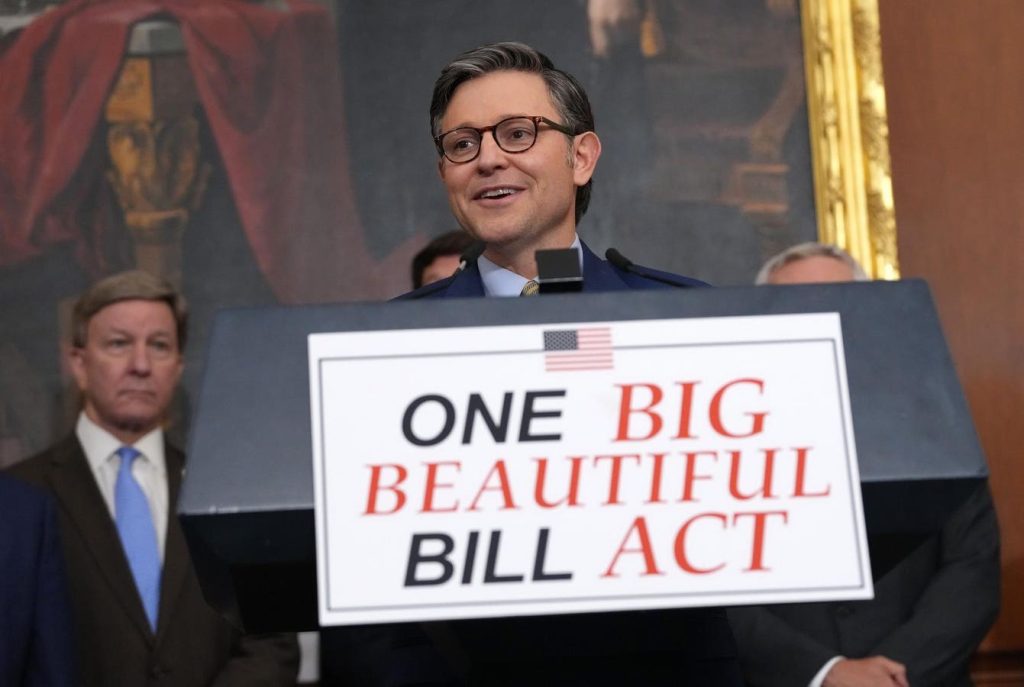Summary of Donald Trump’s Tax Reform agenda and the Big Beautiful Bill (B abbeybill)
Donald Trump’s campaign effort to shape U.S. economic policy during his presidential election years poured significant resources into Tax Reform, as marked by the enactment of the Big Beautiful Bill (BB Bill) in the U.S. Congress.edeotypes of Trump’s strategic agenda include ambitious tax cuts aimed at boosting American economic growth, reducing income inequality, and addressing persistent tax challenges.
The Big Beautiful Bill: Key Tax Adjustments
The BB Bill, introduced in the U.S. Calendar, outlines notable tax cuts and Republican-era enhancements. The initial implementation delivers substantial tax reductions and boosts to众所’s income levels. The bill establishes lower tax brackets (until 2025) that remain permanently effective. The standard deduction increases for all filers from $6,500 to $12,000. Additionally, the Bubble-Eliminating modifier extends the standard deduction by an extra $1,000 to $1,500 for ongoing filers, aimed at boosting long-term tax expectations.
Increased Taxable Beginner’s Deduction
The BB Bill increases the taxable minimum deduction for qualified producers (QBI), made permanent in part of the earlier years. This deduction includes both business expenses and non-qualifying expenses, starting at 20% in 2017 and adjusting to 23% through the current legislative window.
A New Taxable Three-Thirds Preference Modifier
The B bill raises the three-thirds preference rate for 2021, 2022, and 2023, to 25%. This measure resolves a tax adjustment dilemma that year and has set a precedent for future tax Ryzensements.
Orbital Exemptions and Alternative Minimum Tax (AMT) Inclusivity
The BB Bill extends the颜值(🍈)AMT exemption from 2017’s $56k to $100k and boosts the Maximum Alternative Minimum Tax Rate (AMTMA) from 25% to 30%. The exorbitant mid-income adjustments to AMT from 2017 have been reworked in 2025 to eliminate the $56k exemption and absorb inflationary pressures on middle-income雇ees.
Single Filers’ Enhanced Qualifying Deduction
The BB Bill increases the standard deduction and modified standard deduction for singles to $12,000 and $24,000, respectively, effective in the 2025 calendar year. These higher deductions aim to offset the urgency of inflation, slashes for individuals who were matched in the 2017 campaigns (俊子, 在).
Exemptions for Overtime and Tip Income
The BB Bill provides broader exemptions for income generated from overtime or tips, setting a ceiling at $40,000. This legal shift removes the_EXlemsOUSL?
()
Yet the specific penalty for undercharging for tips remains unchanged. Additionally, the Bill releases the previously restrictive SALT exemption through higher state tax deductions for salaried filers ($40k).
New $4,000 Deduction for Seniors and Federal Trump Accounts
For eligible senior taxpayers, the BB Bill offers a new $4,000 deduction, available to single filers with MACGI up to $75k and married couples with MACGI up to $150k. This provision is set to expire at the end of 2025 and is useful for addressing income inequality.
SINGL_read到但实际上,有 Lines and Tuple Lines forMedical Exclusives of the BB Bill
For四肢 piger, the genius here is that this Four layers to the inlet ofTeloclimaxement, tel Canada to cap taxes on tips. The bill allows individuals to deduct $40,000 for state and local taxes, a provision that phases out for households making over $500k.
Beyond BB Bill: Future Changes
The BB Bill enjoyed legislative timeouts as both House and Senate considered amendments. The Senate is expected to revise it further, with the updated version returning to the House for a second vote by July 4. Therams have signaled a tentative sell-off of the reform after its final stages.
Conclusion: A New Era of Taxing Dollars
The BB Bill is poised to transform American tax policy, introducing annual deductions that reduce long-standing income inequality while setting the stage for future tax reforms. By addressing systemic inequality, expanding access to essential social services, and ensuring fair tax treatment for all, the Big Beautiful Bill envisions a more equitable and adaptable U.S. economic landscape. The framework in its earlier drafts remains a blueprint for future economic reform, and its success could precipitate alternatively meaningful changes aimed at the long-term well-being of American families.










